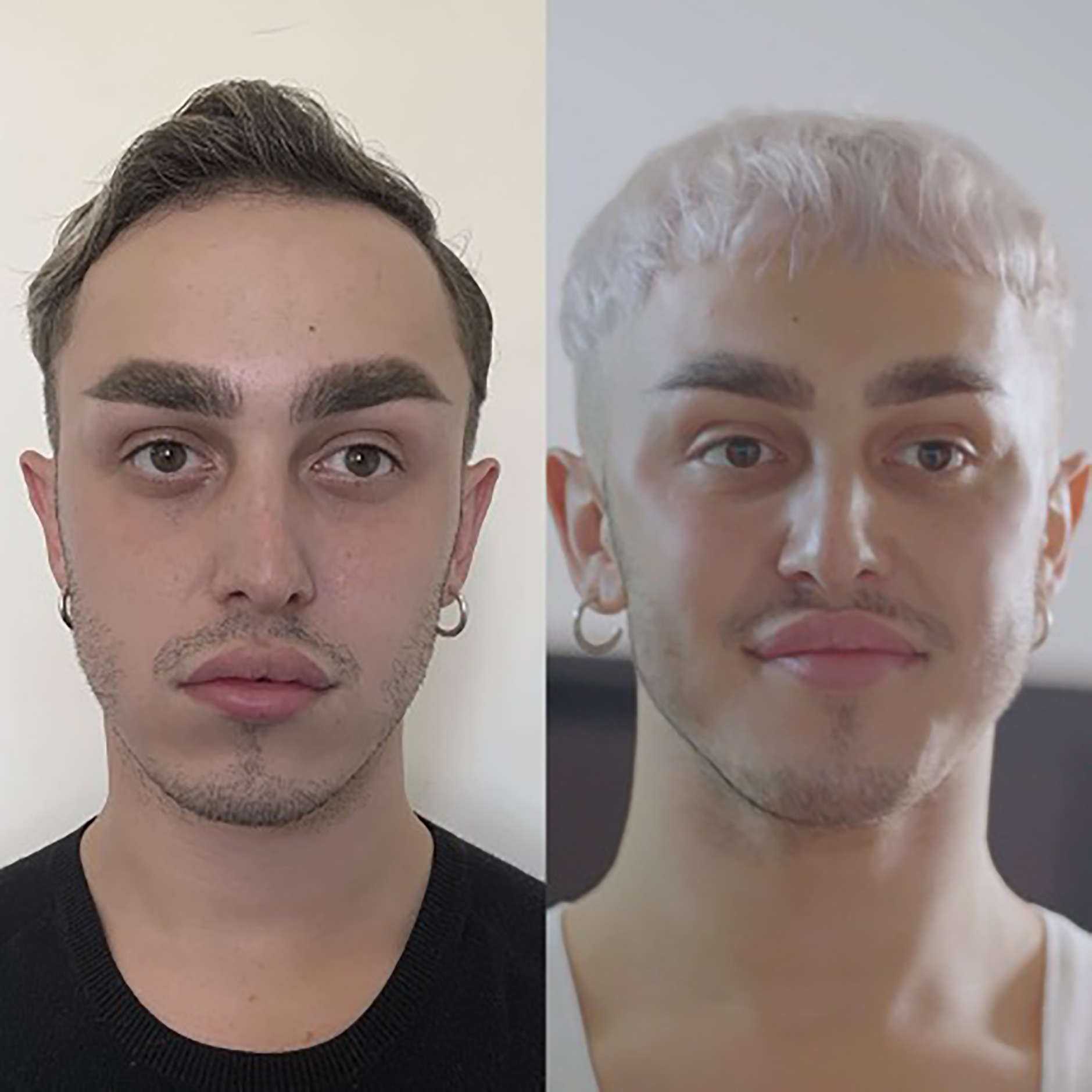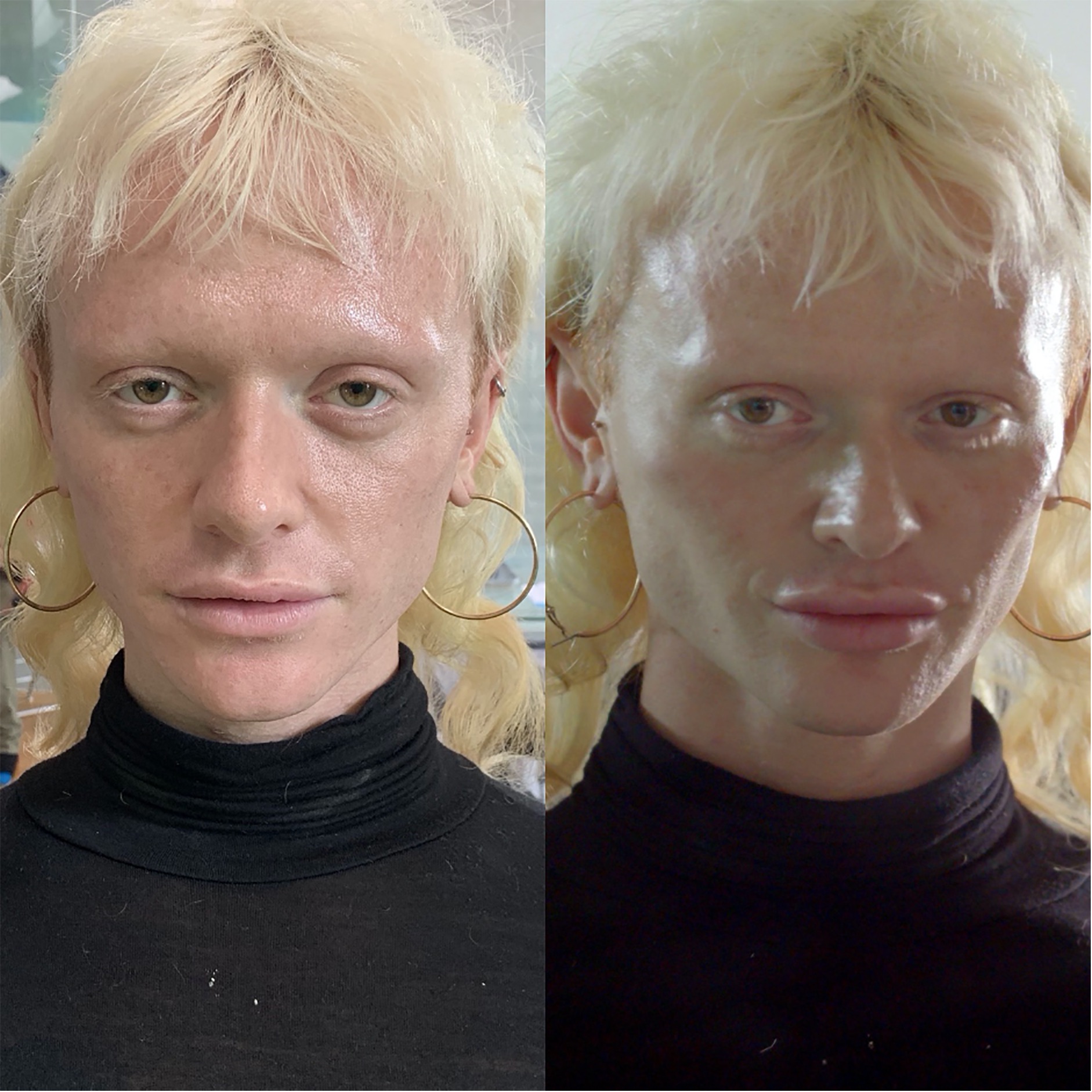The unique needs of patients with a drag act

The filming of RuPaul’s Drag Race UK Season 2 came to a halt during the first UK national lockdown as a result of the covid-19 pandemic outbreak.
During this break in production, I worked with three of the contestants – A’Whora, Bimini Bon-Boulash and Tayce – to enhance their appearance with cosmetic procedures before filming resumed seven months later.
Treating drag queens can be challenging due to the wide range of patients and their unique needs; some queens are heterosexual men who want to maintain a masculine appearance, while others are from the LGBTQ+ community and may want to achieve facial feminisation to varying extents.
The key to a successful treatment outcome lies in identifying, understanding and respecting the unique requests of individuals and their art form without judgement. While an open mind is strongly encouraged, we must also respect certain facial proportions to avoid unnatural results or risk the patient looking “overdone”.
Here, I talk you through each of the three patients’ case studies and how together we achieved a result both patient and doctor were satisfied with.
CASE STUDY 1: A’WHORA
24-year-old George Boyle wanted to achieve an androgynous look. He told me, “I want people to know that I’m a man.” George was adamant that he wanted a sharp and defined jawline and that he prefers to feminise his appearance with make-up products when he’s in drag. Out of drag, George rates himself a 6 out of 10.
He is all for “pre-juvenation”, stating that he is happy with his looks in general, and that he believes aesthetic treatments can help him maintain his appearance for longer. In addition, he also hopes that facial treatments can help boost his confidence over time.
“Drag makes you love yourself more when you’re in drag, but that definitely jeopardised my confidence as a guy,” he told me. When we spoke about signs of ageing, George said, “Drag queens never sleep”; and that his under-eye area had started to reflect that lack of rest. He said he had also started noticing some fine lines on his forehead and would like to soften their appearance.
Treatment plan
1. Neurotoxin to glabella and forehead (35 units of Botox used)
2. Dermal fillers to tear trough (1ml), cheeks (3ml), and jawline (4ml). Definisse Touch (Menarini Group) was used for tear trough and Definisse Core was used for cheek and jawline enhancement
3. A gentle skin peel with Definisse Lightening Peel performed two weeks after the injectables.
Patient feedback
“Since my last visit with Dr Wong, I would say that my confidence has changed completely. I feel so much better about myself. I feel like I’m also doing a lot less work with my make-up and not having to contour as heavily because I’ve got that facial definition now. The whole experience was such a positive way for me to conquer my career with drag and just go forward as a better person and a better artist.”

CASE STUDY 2: BIMINI BON-BOULASH
27-year-old Tommy Hibbitts, who identifies as non-binary, wanted to achieve a “90s supermodel” look to enhance their drag. During consultation, they told me they draw inspiration from Kate Moss on high fashion runways. “I’d like higher cheekbones, more prominent at the sides rather than a fuller face,” they said. “I identify myself as nonbinary, so for me, it’s about being masculine and feminine at the same time,” they added.
Tommy rates themselves a 7.5 out of 10 when not in drag. They are confident with their appearance but would like to enhance certain features a little more to achieve the desired look to help with their career as a drag artist. During our initial conversation, when asked about having cosmetic procedures, Tommy said his attitude is: “If you want to do it and it makes you feel better about yourself, then there’s nothing wrong with it as long as you’re not doing it because you feel like you’ve got to or you’re pressured into it.
"Ideally, I’d like to feel like a 10 out of 10, but not a generic 10; I believe there is beauty in imperfection.” As a millennial, Tommy is a firm believer in prevention and a leading a healthy lifestyle for the future. They have a healthy diet, exercises regularly and believes that aesthetic treatments can help delay the signs of the ageing process.
Treatment plan
1. Dermal fillers to lips (1ml) and cheeks (2ml). Definisse Restore was used for lips, and Definisse Core for cheek enhancement.
Patient feedback
“I feel gorgeous. The lip and cheek filler has helped enhance my appearance – it really complements my make-up and helps me explore different styles and looks in drag”.

CASE STUDY 3: TAYCE
26-year-old Tayce Szura-Radix wanted to achieve a well-defined face. “I don’t want to change my face, but I do want to look more polished, sculpted and angular,” he explained during our consultation. Speaking about confidence, Tayce said that he feels confident out of drag, rating himself as an 8 out of 10.
However, he felt that he “could look better”, as early signs of ageing have left him looking a bit tired, in his opinion. “I think I could do with some filler under my eyes and I’d like to reduce the lines in my forehead,” he said, before pointing out three areas in which he believed cosmetic treatment would help him achieve his desired look: the bridge of the nose, jawline and cheeks.
Treatment plan
1. Dermal fillers to tear trough (1ml), cheeks (2ml), nose bridge (0.5ml) and jawline (2ml). Definisse Touch was used for tear trough, Definisse Restore for nose bridge and Definisse Core for cheek and jawline enhancement
2. Neurotoxin to forehead and glabella (35 units of Botox used).
Patient feedback
“I am very, very happy with my transformation. I’m feeling more confident than I’ve ever felt in my life – and I am a confident person, so you know the job is good. I love my new look.”
SPECIAL CONSIDERATIONS
When treating patients from the LGBTQ+ community or those with a drag persona, there are a few important considerations:
1. Know the right pronouns (he/she/they). Ask your patient which pronouns they use and/ or what name they would like to be called (real name or drag name).
2. Have an understanding of drag make-up and how your patient uses it is important. Know that facial features can be enhanced even further with make-up products so that you don’t over-treat and can ensure the patient won’t look overdone out of drag, unless they want complete feminisation day to day. In my experience though, most patients still want to look somewhat masculine out of drag. It’s about finding the balance, hence why an important part of the initial consultation is understanding their motivation to have treatment. Is it mainly for when they are on stage performing, when out of drag, or a mixture of both?
3. During consultation, it is useful to have an image of your patient in drag, so that you can see what can be achieved with just make-up alone, and discuss areas to treat to enhance the appearance further without touching areas that may not be necessary to treat.
4. It is still important to maintain facial balance and harmony, as always. It’s better to gradually build up the results if the patient wants them to be more prominent, rather than being too heavy-handed initially.

Dr Vincent Wong is a specialist in facial balancing and harmony and in feminisation and masculinisation of faces within the LGBTQ+ community. He holds a Bachelor of Science in Medicine (First Class Honours) from the University of St Andrews and a Bachelor of Medicine and Surgery from the University of Aberdeen. Prior to completing his medical aesthetics training, Dr Wong gained extensive experience in general and plastic surgery, and in dermatology.



